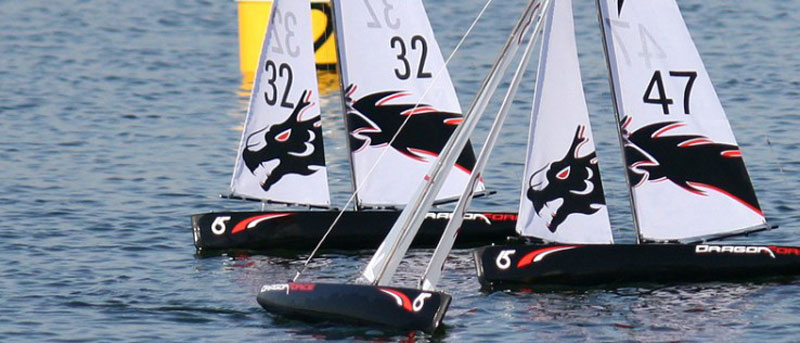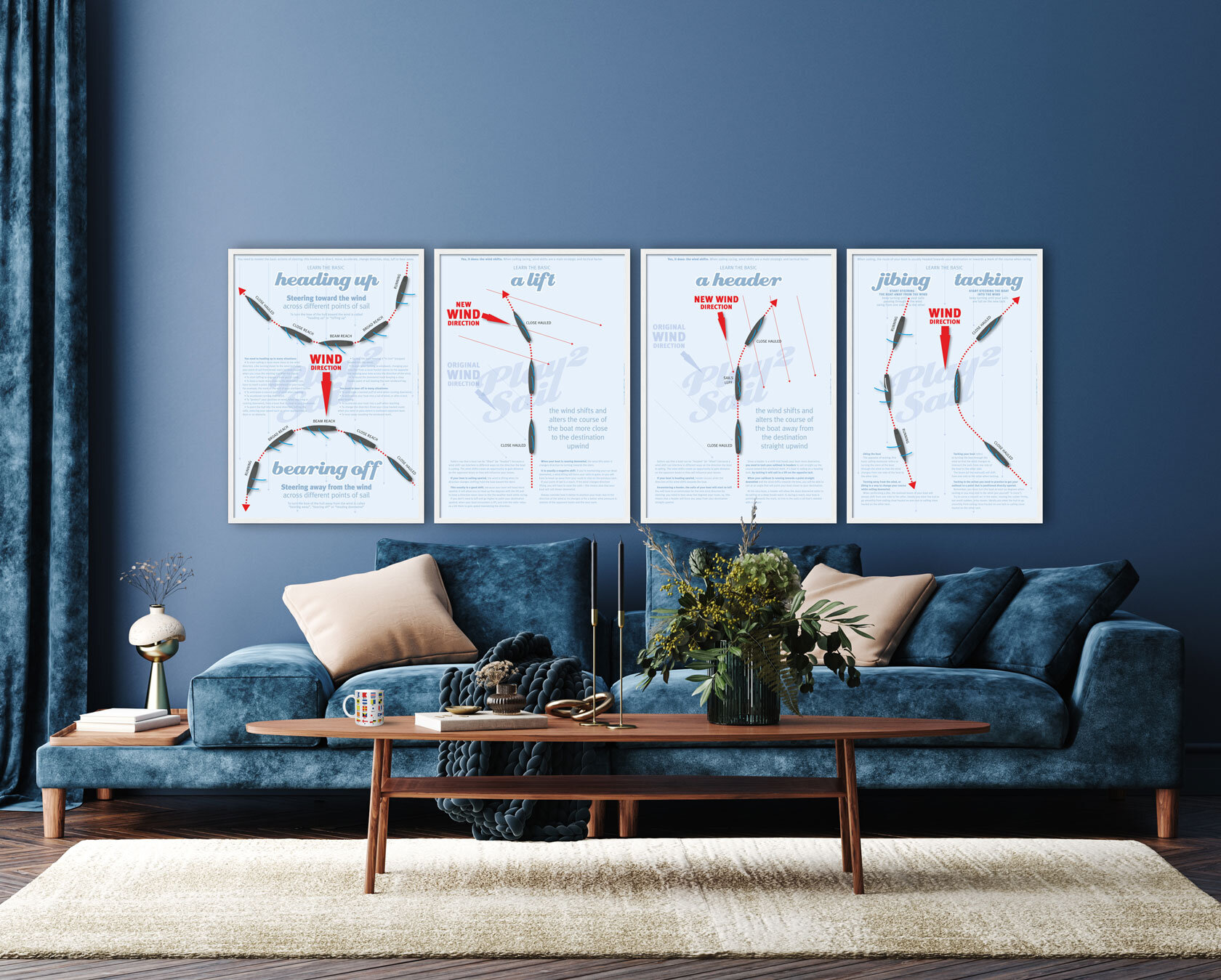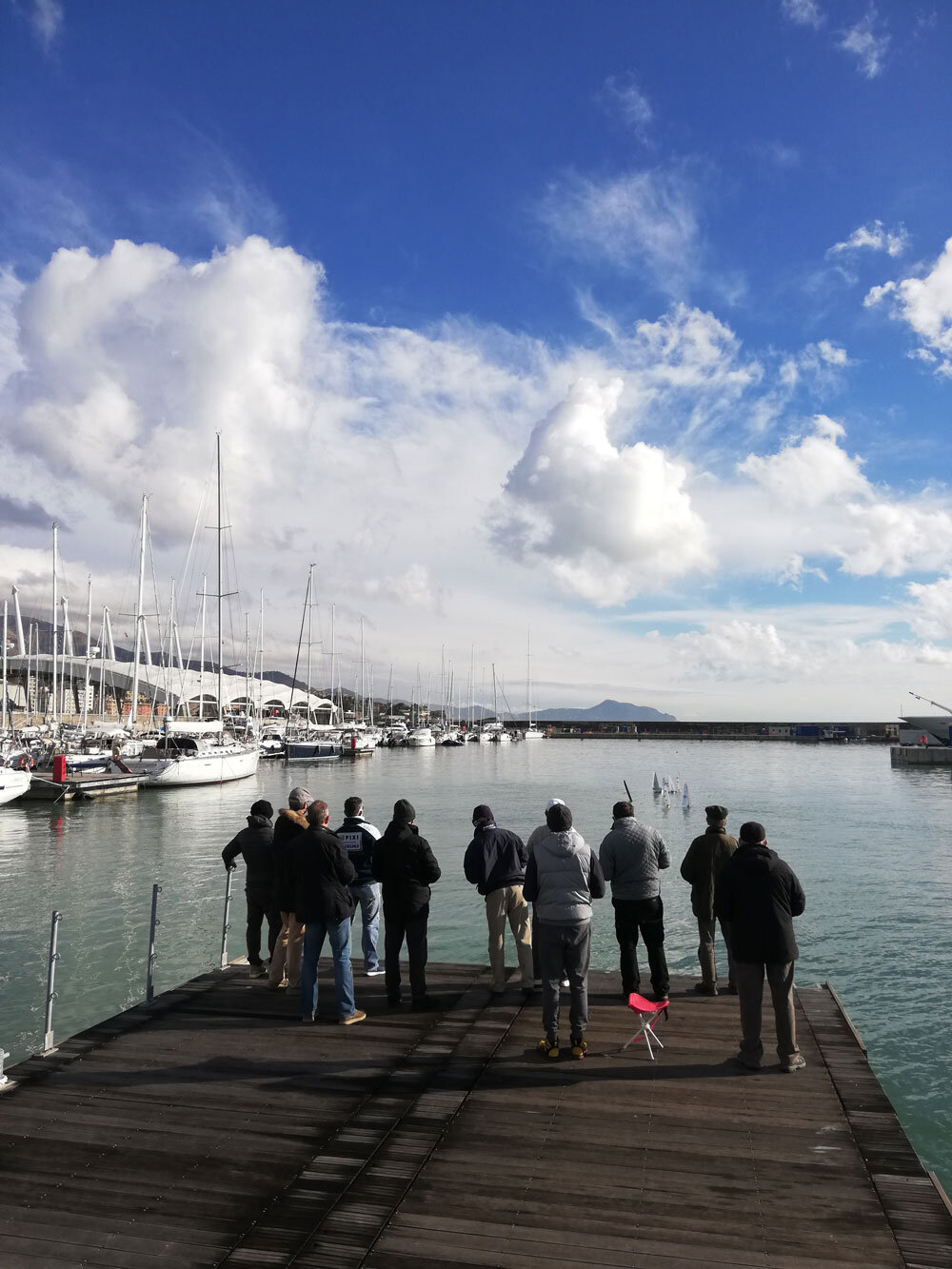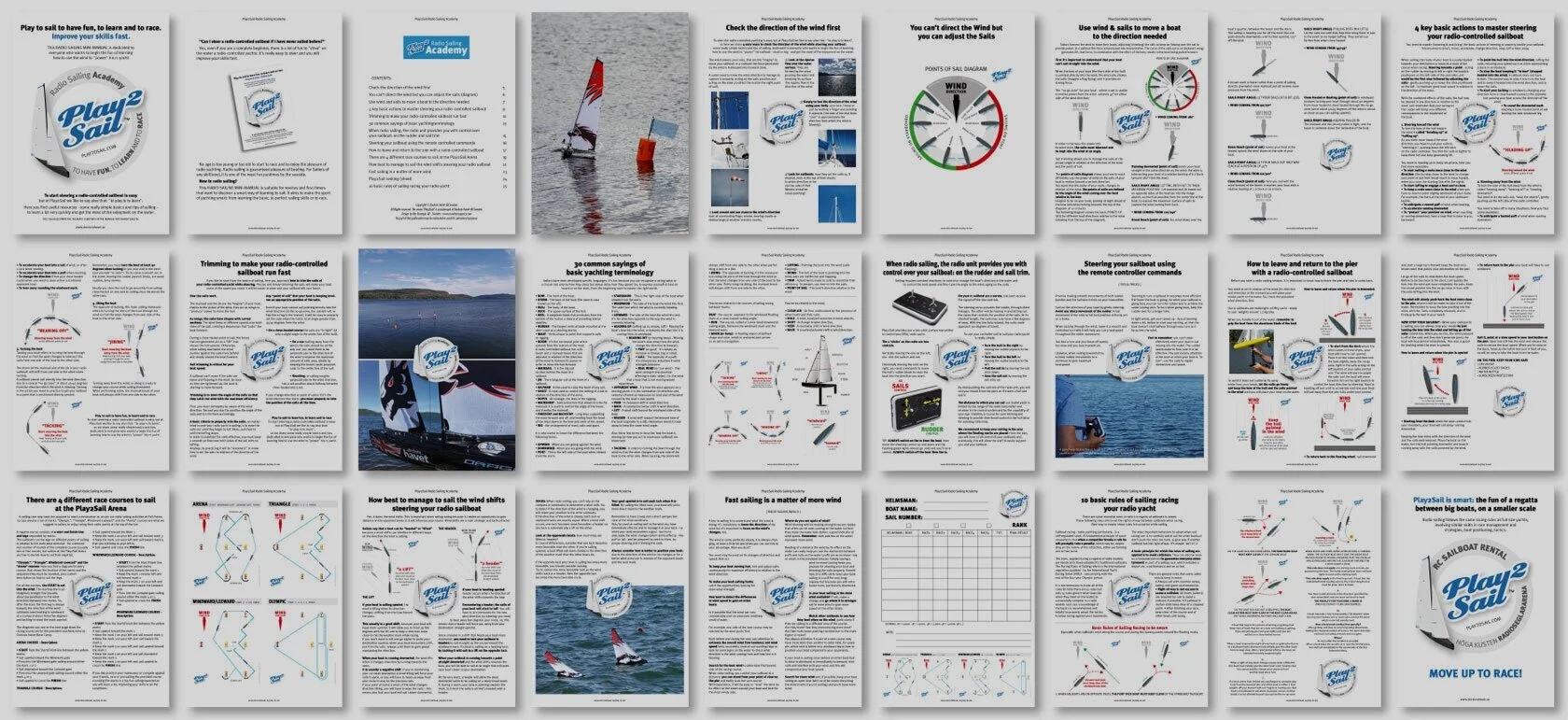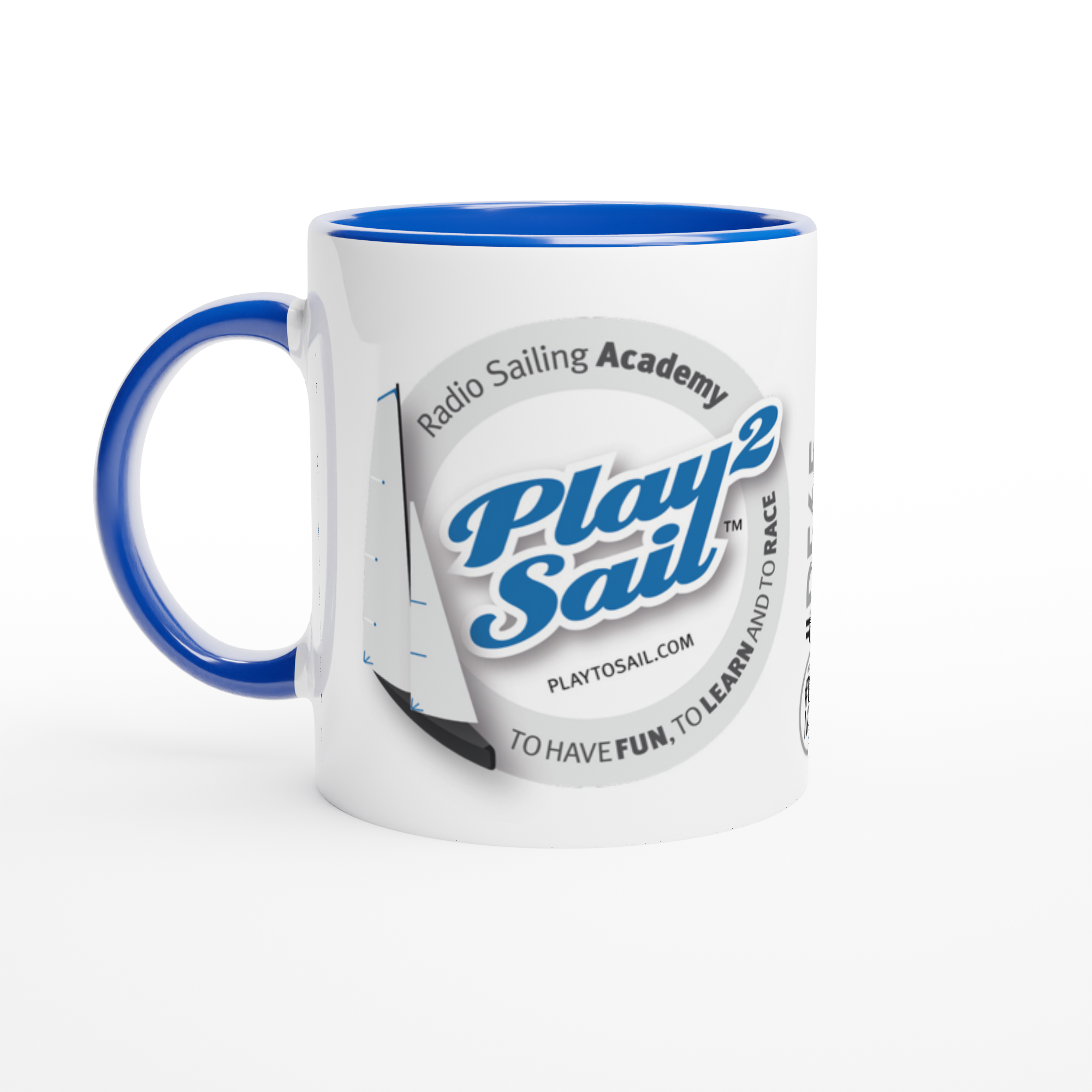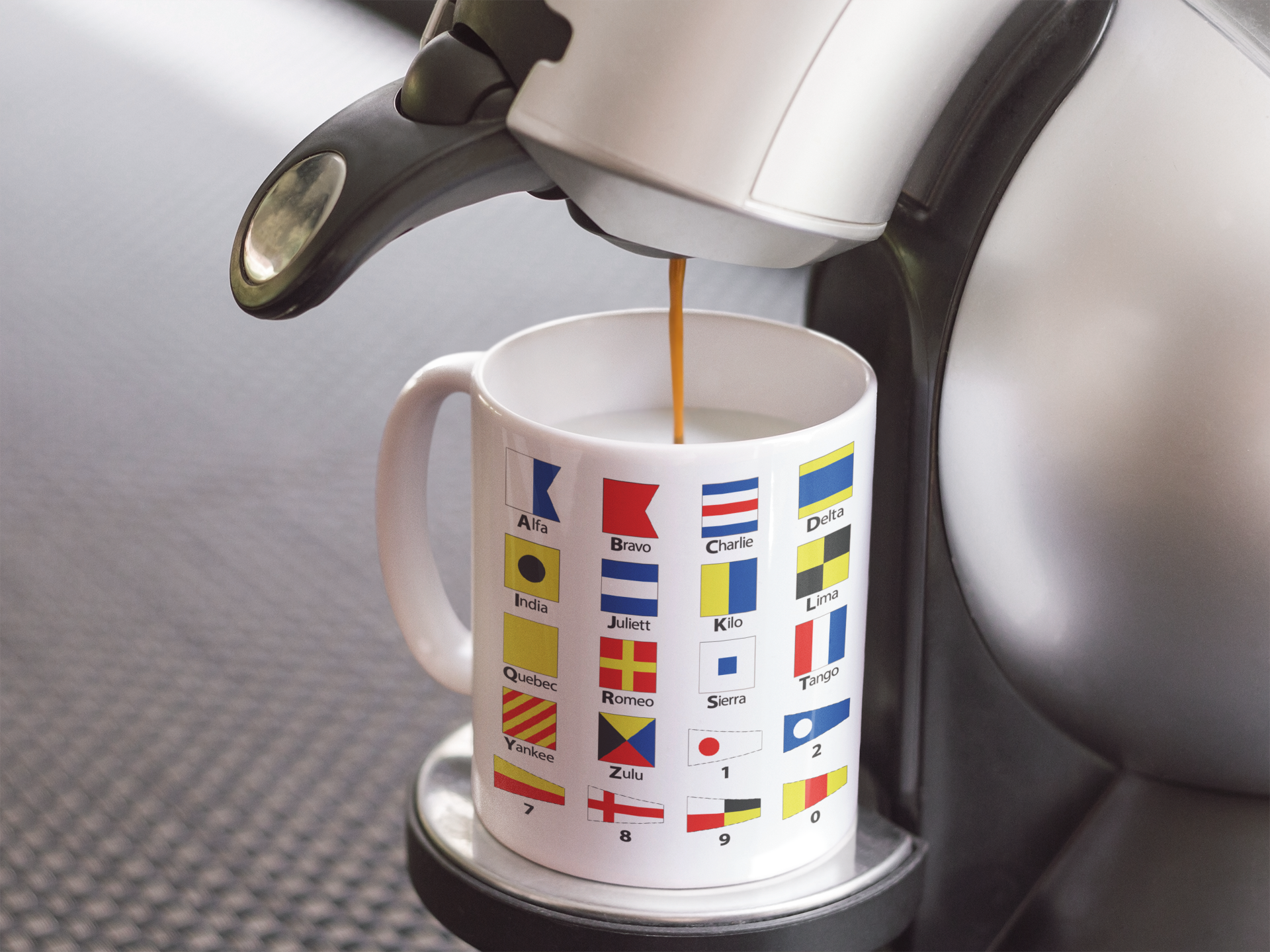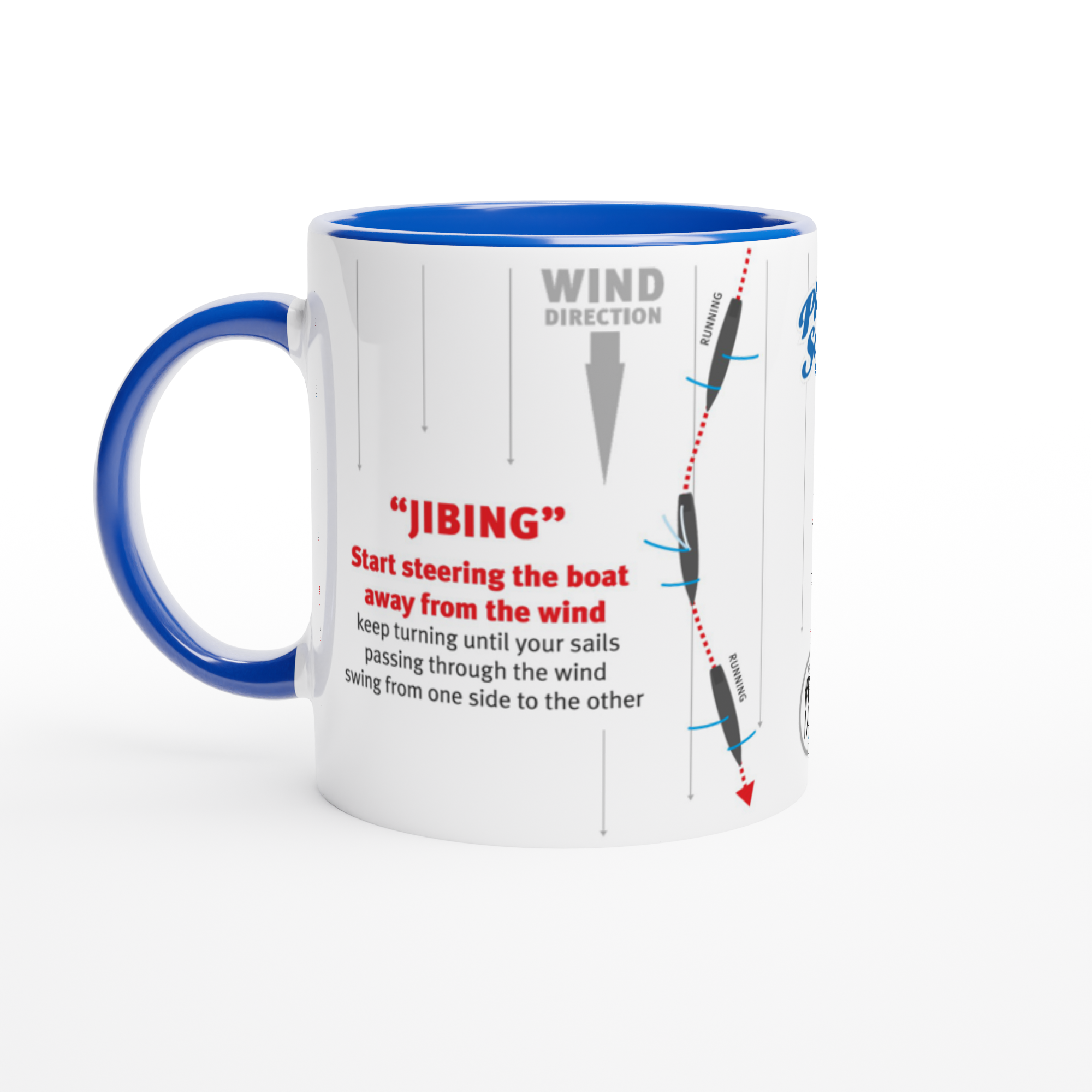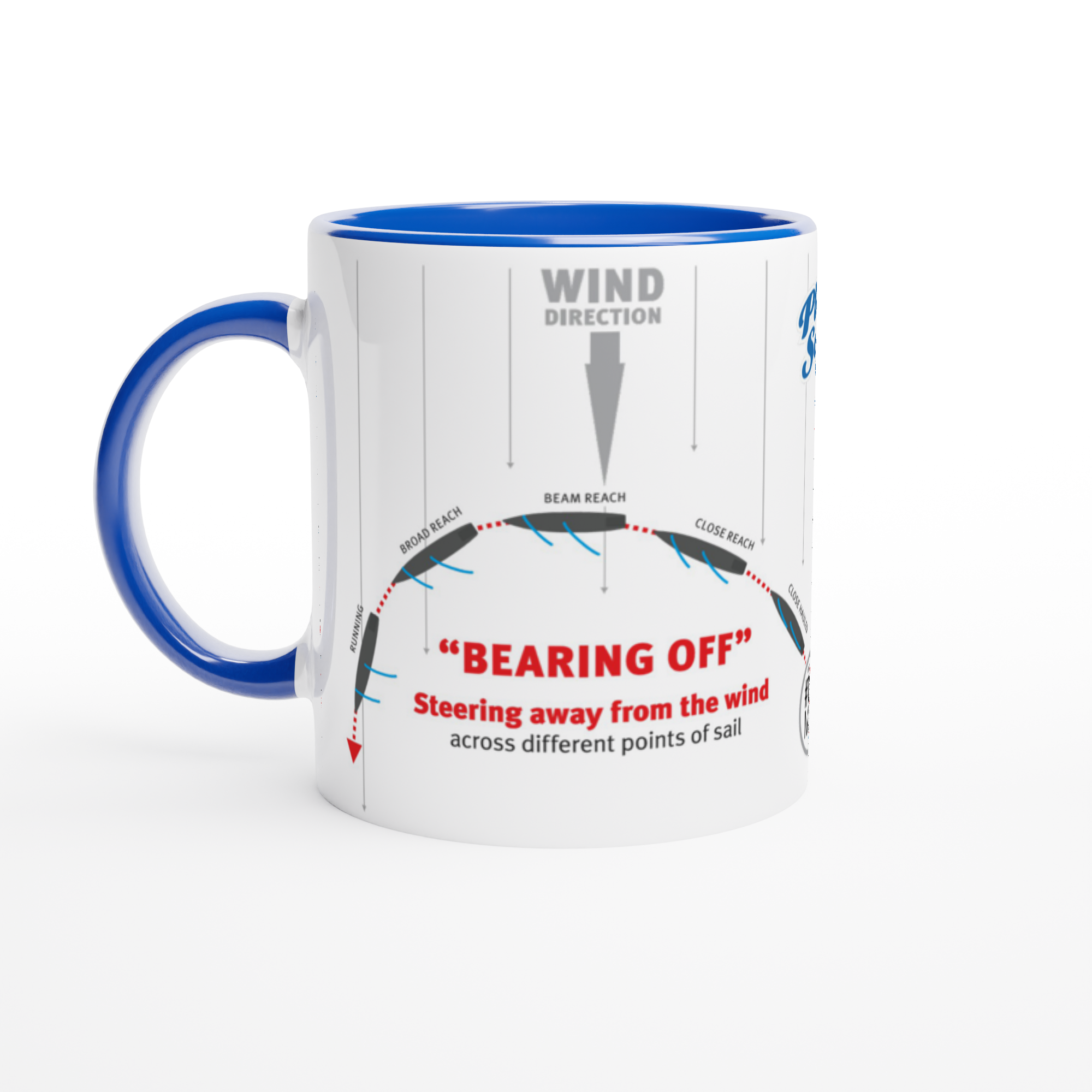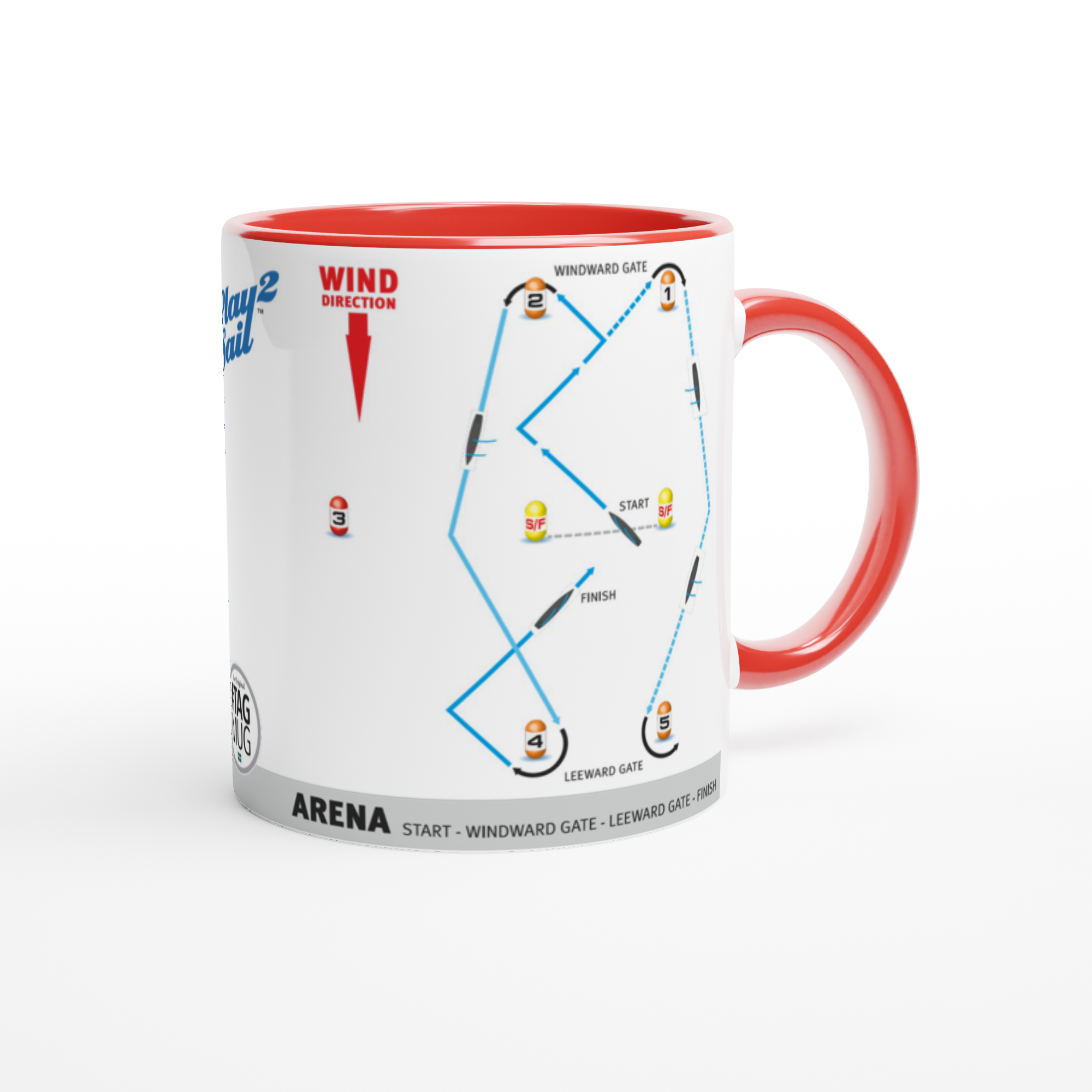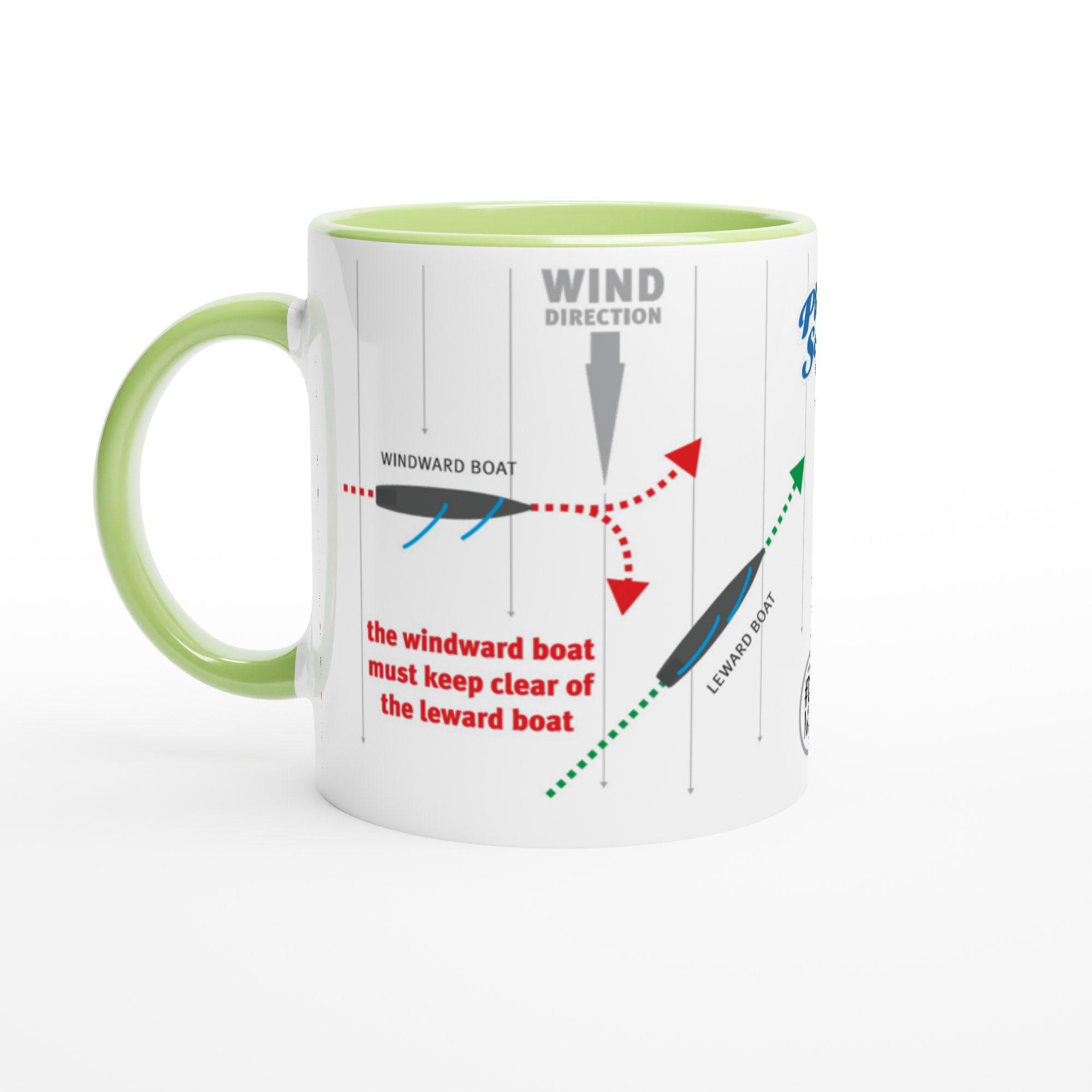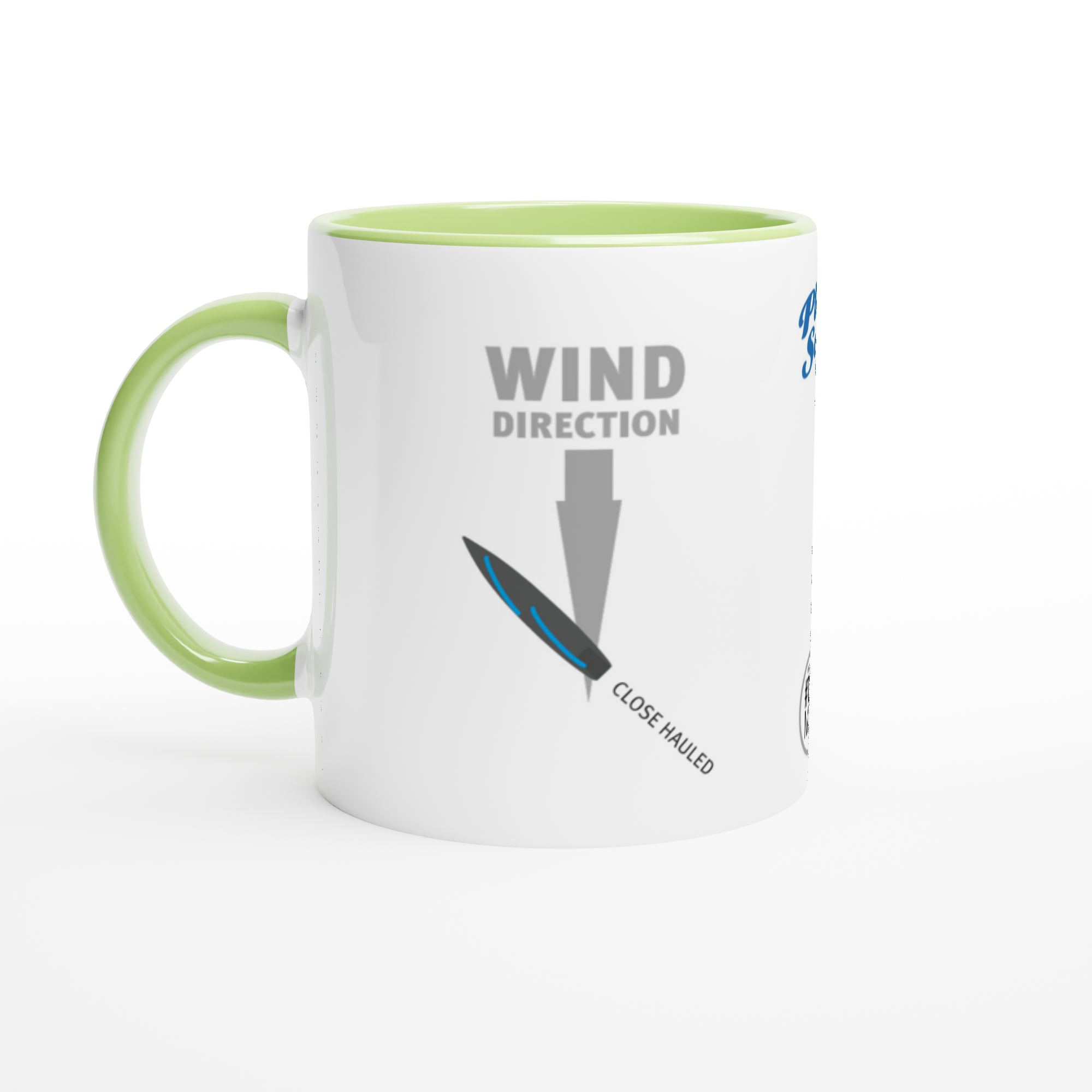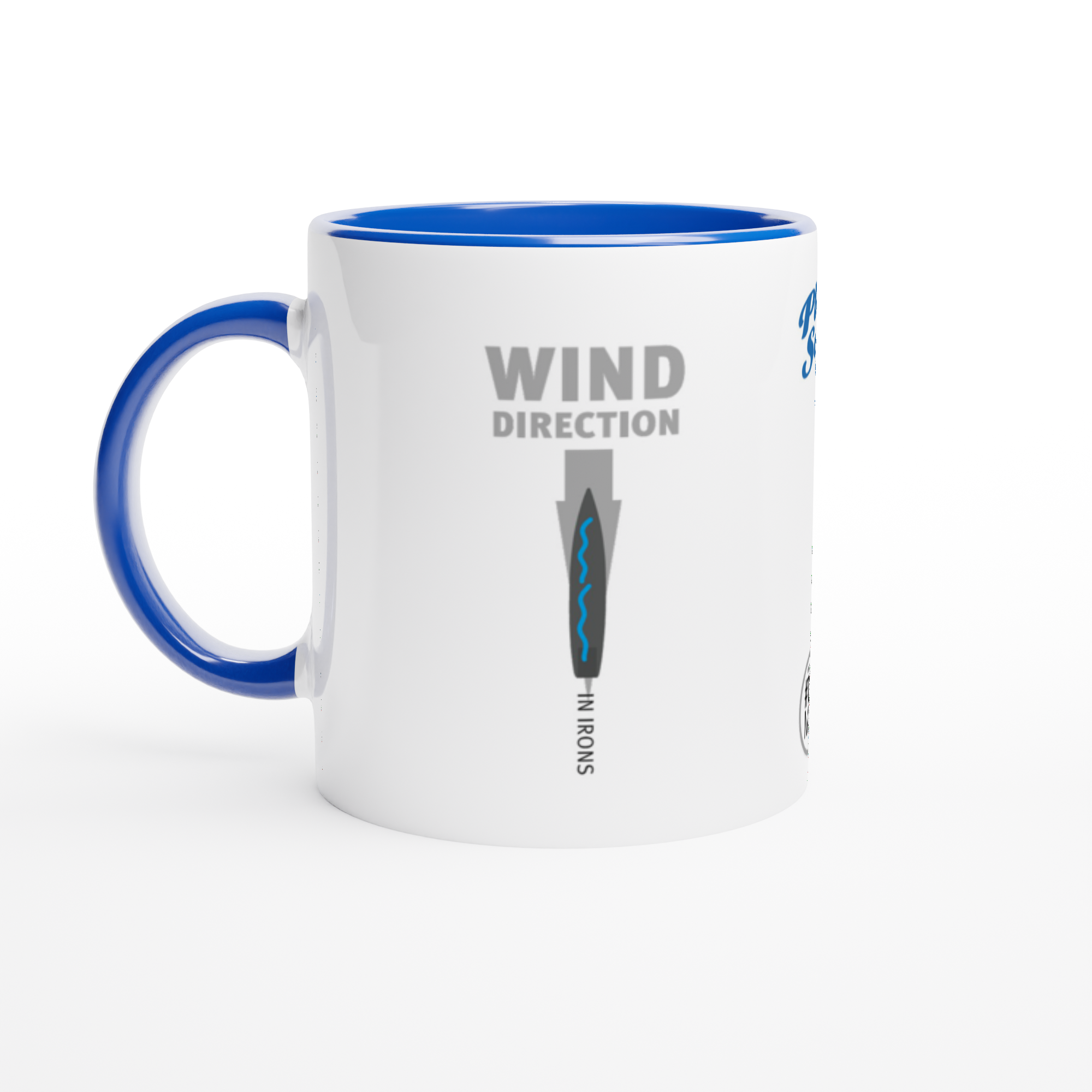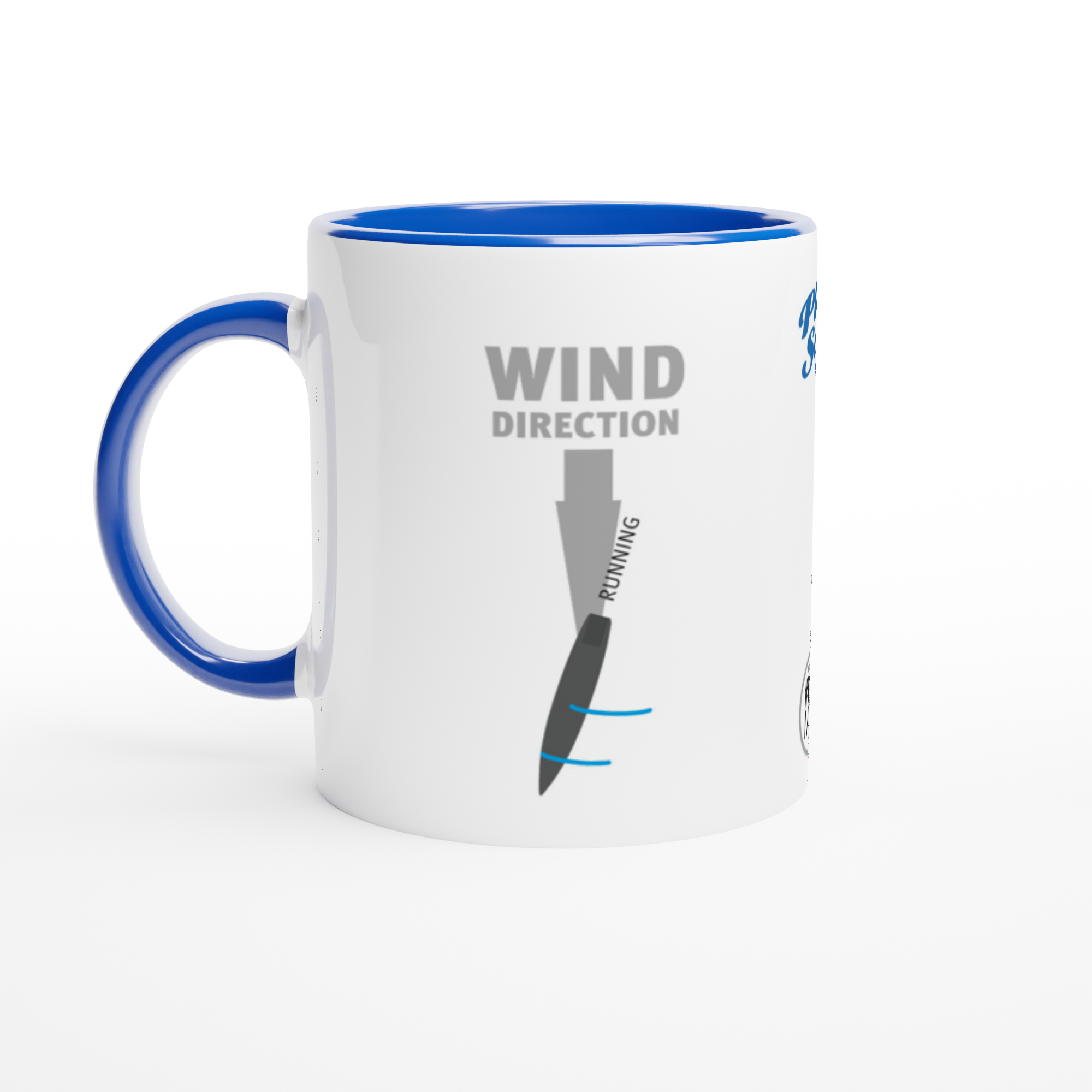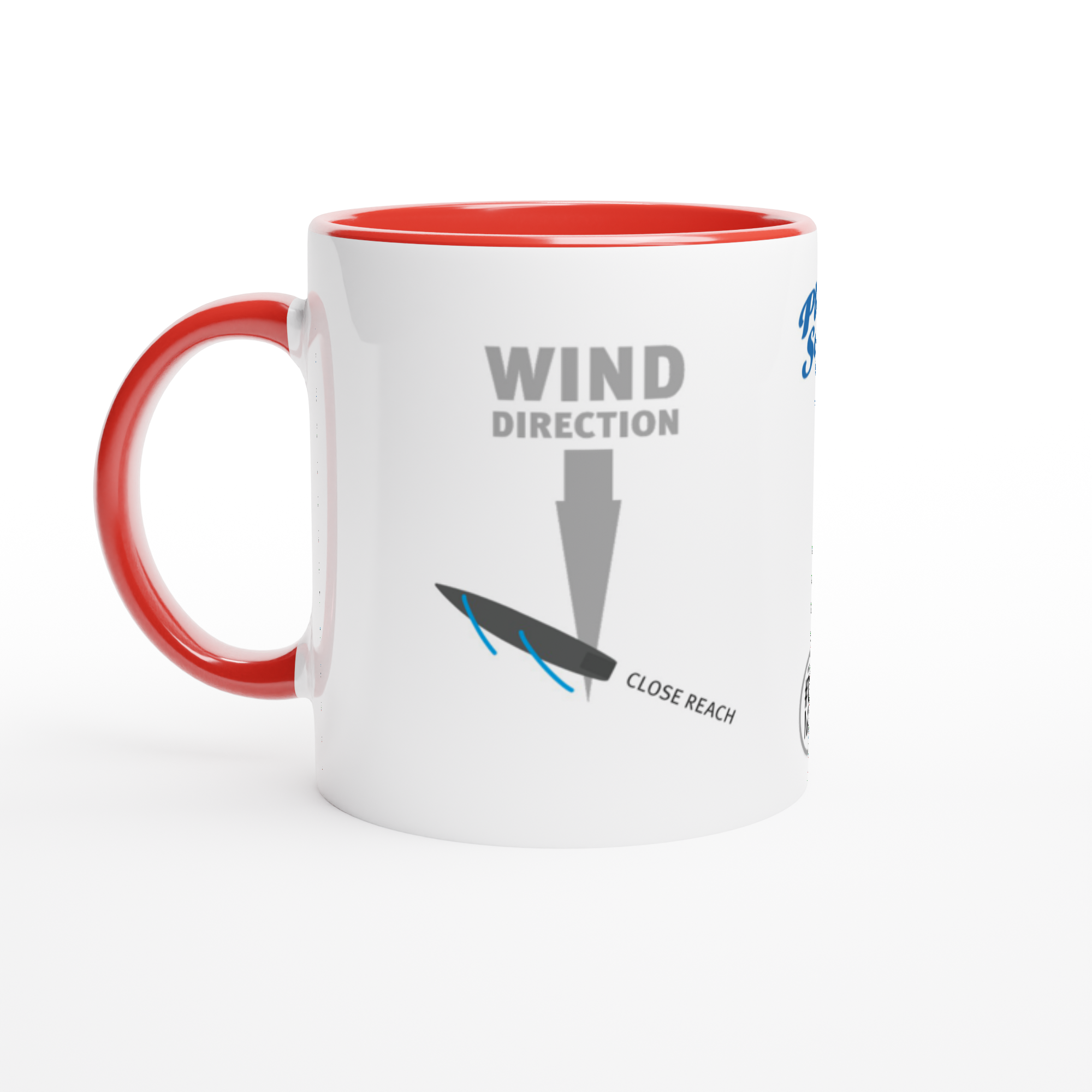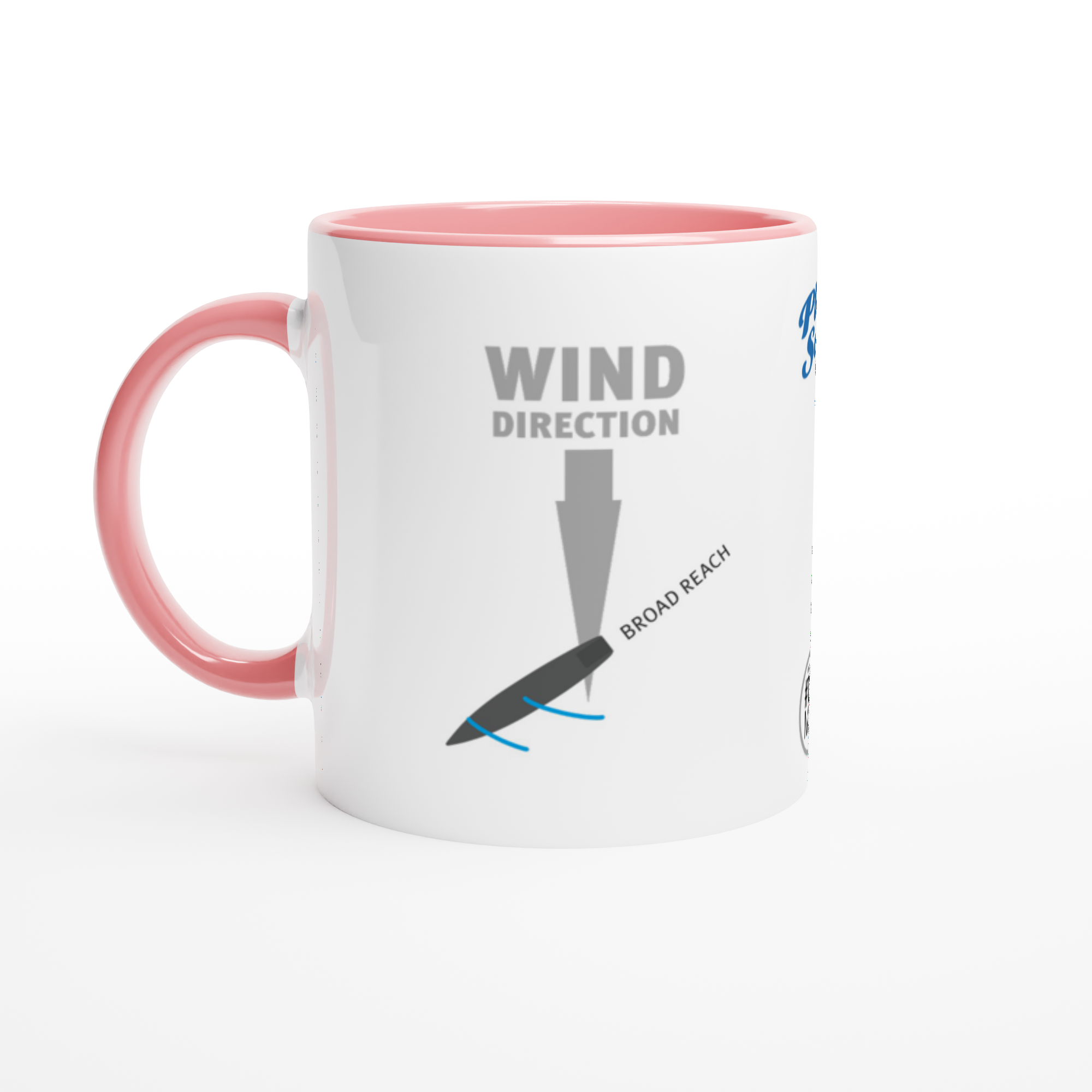A key to sailing is to understand what the wind is doing: it’s mandatory to know the direction of the wind but it’s important to focus on the wind’s changes, too.
The wind is rarely perfectly steady, it is always changing, at least a little bit and often you can use this to your advantage. How you do it?
You must stay focused on its changes of direction and speed. And act.
To keep your boat moving fast, trim and adjust sails continuously for maximum efficiency in relation to the wind direction.
To make your boat sailing faster, catch the opportunities looking for more wind strength.
How best to detect the differences in wind speed to gain on other boats
[ Radio Sailing Basics ]
Dark patches on the surface of the water represent zones of more wind.
Is it possible that the wind can vary considerably over an area even relatively small of water.
For example, one side of the race course may be reached by the wind gusts first.
Both before and during the race, pay attention to estimate the overall wind flow tendency and wind speed fairly accurately. Look at surrounding flags or look for wind signs on the water to check what direction is the wind coming from and how fast is it blowing.
Search for the best wind to determine the favored side of the racing course.
From the pier, you have a complete view of the race course and can detect the wind gusts...
When radio sailing, you control your sailboat at a distance: you can stand from your point of view on the pier and easily scan the race course.
With experience, it will be easy to "read" the wind by its effect on the water around your boat and look for the most windy side.
Elevate your RC Sailing skills:
Free resources at your fingertips >
As a skilled sailor, you know the value of continuous learning. Access our advanced free online resources to refine your techniques and build your confidence with expert insights. No fees, no membership - just pure learning and fun. Discover Play2Sail Academy today!
For a comprehensive deep dive, our e-manual is available for purchase, offering in deep knowledge and expert advice to take your skills to the next level.
Where do you see spots of wind?
Wind blowing with increasing strength causes ripples that often can be seen coming on the water surface: they make the water look darker, a good indicator of wind speed.
Remember: dark patches on the water represent more wind.
Reading at a distance the wind by its effect on the water can really help you see the distinction between puffs and lulls on the water (puffs are an increase - big or small, in the prevalent breeze). Simply seeing a wind increase coming helps you prepare for steering your boat and trimming the sails properly. Sometimes, it is difficult to keep your boat sailing in a puff for very long: anyway try! because you will sail a faster route, particularly downwind.
Is your boat sailing in the most wind available? If not, make a change and go where it is stronger: sail in more wind to gain more speed on the other boats.
Watch other sailboats to see how they heel when on the wind, particularly if they are sailing in a different area of the course.
Are they faster? Are they encountering more wind? Are their hulls bows pointing the direction to the mark higher or lower?
Pay always attention if a part of a race course may have more wind than another to determine, for example, which tack is better on a windward leg or how to position your boat compared to your opponents.
DF65 yachts sailing close on a windward leg.
If your boat is sailing close behind an other boat that is close to windward or immediately to leeward, their sails will interfere with your wind and this will compromise your boat speed.
Search for clean wind and, if possible, keep your boat sailing an open lane (with no other boats disturbing the wind in which you’re sailing) and you’ll have more wind.
Sailing Learning made easy and simple: download the Play2Sail e-manual and improve your skills fast!
Share your #SAILING passion with an original exclusive INFO-POSTER PLAY2SAIL >
To start sailing a radio-controlled sailboat is easy but at Play2Sail we like to say also that: "to play is to learn", so here we share some really simple basics and tips, dedicated to everyone who wants to begin the fun of learning how to use the wind to make his rc yacht go faster.







